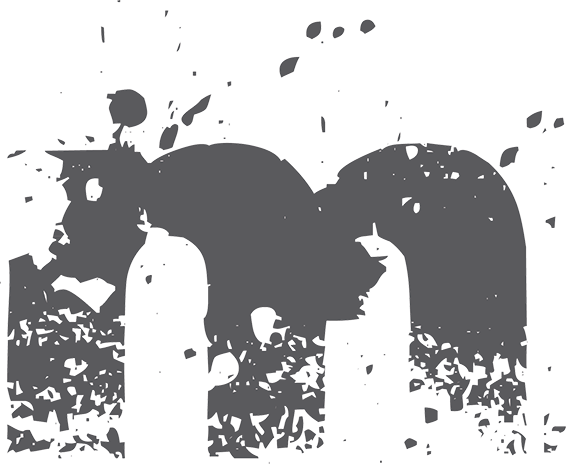Last week we talked about why it was important to map your customer’s journey. Journey maps allow business leaders and marketers to recognize and understand how their customers experience their brand. It’s as close to walking in your customer’s shoes as you’ll get.
Effective customer journey maps help brands:
- Find and fill potential gaps in their customer’s experience between touchpoints
- Understand the impact of these gaps
- Provide actionable insights into how to optimize the customer experience across multiple touchpoints to drive business value
Now, let’s dive right into the how of it. We’ll first start by looking at 3 MUSTS every customer journey map should have:
- It Must be from the Customer’s POV
You can’t build a journey map based on your own internal business point of view. This is not about the steps you take to convert customers. This is entirely about your customer: what they think and how they feel as they interact with your brand across multiple touchpoints.
Working with a media buyer experienced in creating customer journey maps can help you avoid thinking from an internal business perspective.
- It Must be Actionable
Creating a customer journey map is not an exercise to produce a pretty piece of art that goes on the wall when you’re all done. All maps need to have a purpose and be actionable.
For instance, a journey map can identify the customer’s pain points. This will help you align their needs with your business priorities.
To build an actionable map, you’ll need to do some digging, that means qualitative and quantitative research that will help you uncover customer experiences and emotional states throughout their journey. If you have it, consider leveraging voice of the customer data from call centers and verbatims from satisfaction surveys to uncover emotions.
- It Must Look at the Bigger Picture
Don’t focus on one single touchpoint but rather, look at the customer journey across multiple touchpoints. This may pose a challenge to many organizations, who are used to working within silos.
But your customers’ experiences of your brand cannot be measured, let alone understood with silos. The customers’ interactions with your brand are connected; all interactions make up one holistic customer experience.
Steps to Building Your Customer Journey Map
Now that we’ve looked at 3 key components of your customer journey map, let’s look at the 3 steps you’ll take to build one:
Step 1: Dig Data for Discovery
When does your customer’s journey begin? It begins when they discover your brand. In fact, it is this place of discovery that most businesses spend the biggest parts of their ad budgets on. But where exactly are they finding you?
Luckily, most of your customers’ journey happens online, which means you have a plethora of data at your disposal.  Between Google analytics and your social media analytics reports, you can easily determine how your customers are discovering you.
Between Google analytics and your social media analytics reports, you can easily determine how your customers are discovering you.
Step 2: Engagement
Now that you know how your customers are discovering your business, you must determine how they want to engage with you. Chances are up until now, you’ve focused on your preferred methods of engagement. But this is backwards.
Keep digging through your data to uncover what customers are saying about your marketing and/or customer service methods. Would they prefer you have a call center as opposed to a ticketing system? Do they wish you offered video tutorials? Only when your customers are truly engaged can they be led farther down the sales funnel.
Step 3: Determine Triggers to Sale
It’s all about that final transaction. Getting the sale is why you spend hours and money on creating, optimizing, launching, and tracking your campaigns.
But do you really understand what your ideal customer requires in order to transact with you? Mapping forces you to truly understand the triggers the lead to a sale. There are no Hail Mary passes here, only absolutes. C happens only when A and B happen first.
As you dig through your data, look for those trigger that led the majority of your sales to occur. What did your ideal customer have to see, hear and feel before they decided to give you their hard-earned cash? What drove that purchasing decision?
Perhaps an even bigger and more important question to ask yourself is, why didn’t your ideal customer buy from you the other 47% of the time? Why did the sale not occur? Knowing this will help you improve your offer and messaging.
You now have enough knowledge to begin mapping your first customer journey. The biggest takeaway here is to base your decisions on deep, research-driven understanding of your customer’s experiences.
Start by creating a customer journey map that is somewhat of a hypothesis. This one you can build based off of employee knowledge and internal data. As you research and uncover your customers’ goals, needs and expectations, as well as their perceptions of their experiences across all touchpoints, you’ll begin to be able to flesh out your map even more.
And finally, remember that as your relationship with your customer grows, your map will evolve to include a long-term perspective of their journey.
Have you mapped your customer’s journey in the past? If so, what data helped you the most and what surprises did you uncover?




